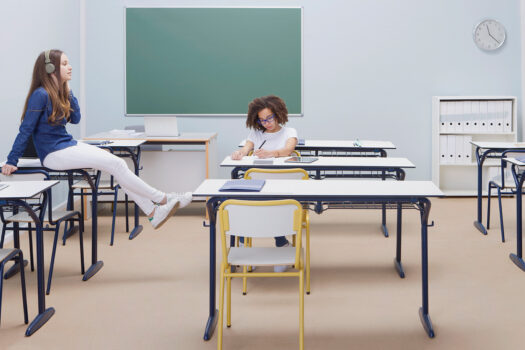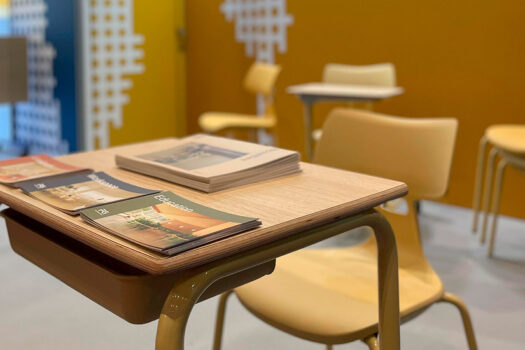One of the best ways to foster creativity in students is by providing them with the conditions to debate, interact, and solve problems. Therefore, it’s recommended to consider the following aspects when designing educational spaces:
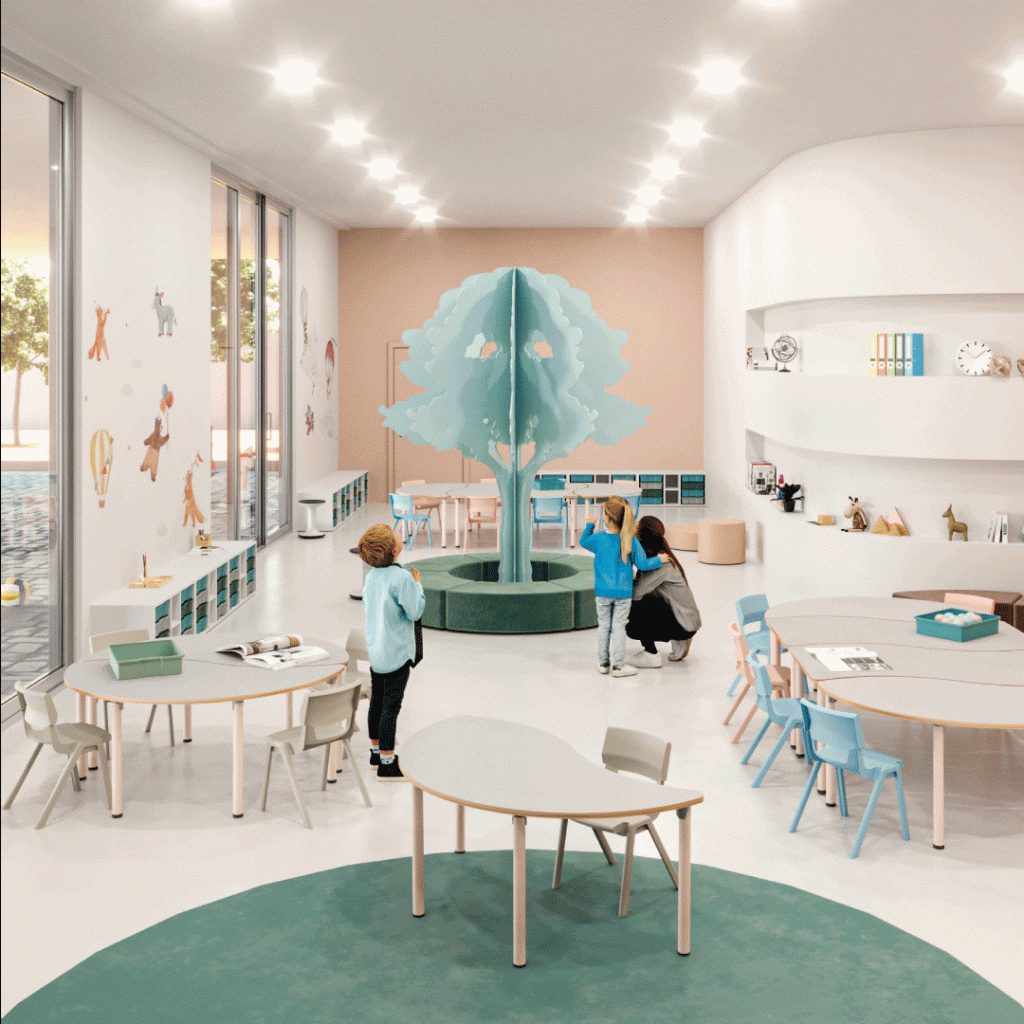
1. Design the spaces according to their users
The first step in designing an effective space is understanding who the users are: students, teachers, administrative staff, as age influences the type of interaction they have with each other. Each group has different needs and expectations. The architecture and interior design of educational spaces must respond to these diverse needs.
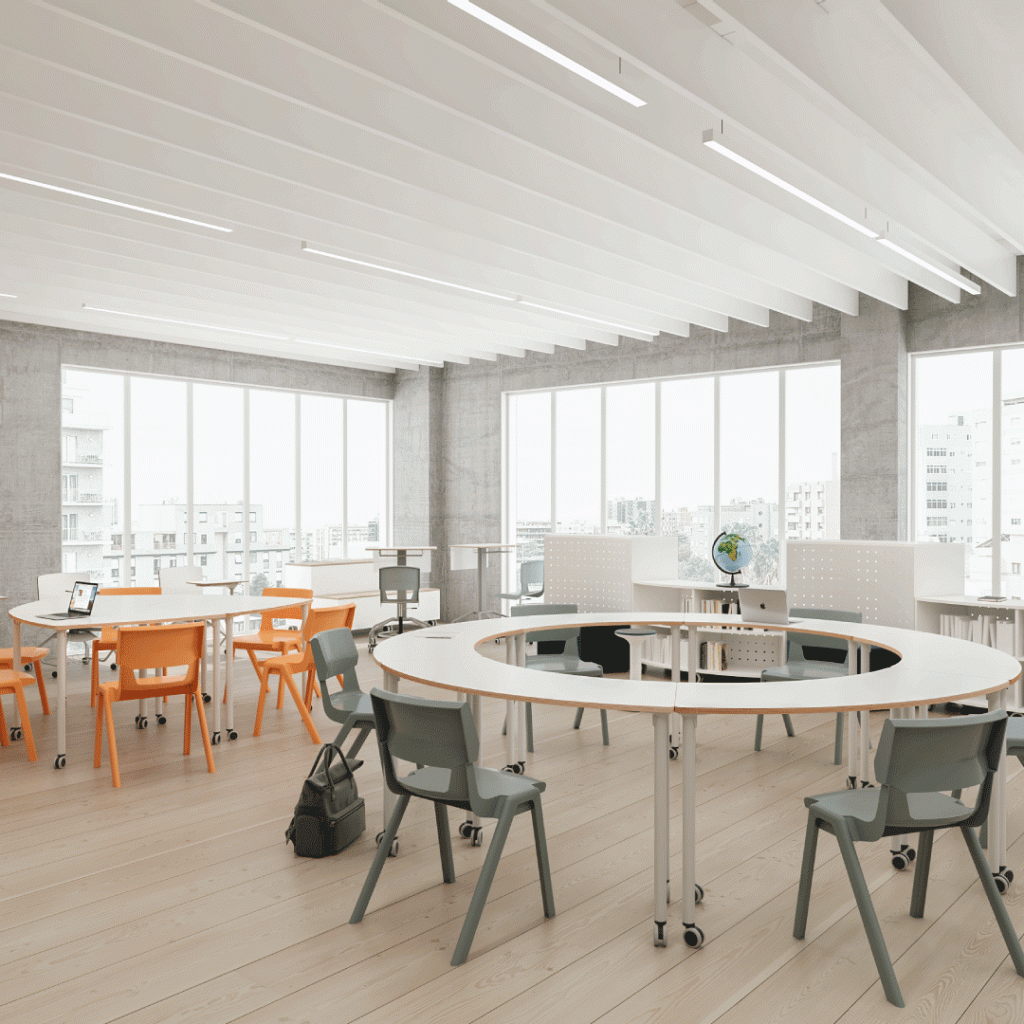
2.Change the Classroom Layout
When designing classrooms, it's important to keep in mind that each student or group learns in different ways. Today, flexible furniture is favored, with chairs on wheels and modular tables, to facilitate student mobility. This way, spaces can be configured for individual or collaborative work, depending on the activity or study dynamic.
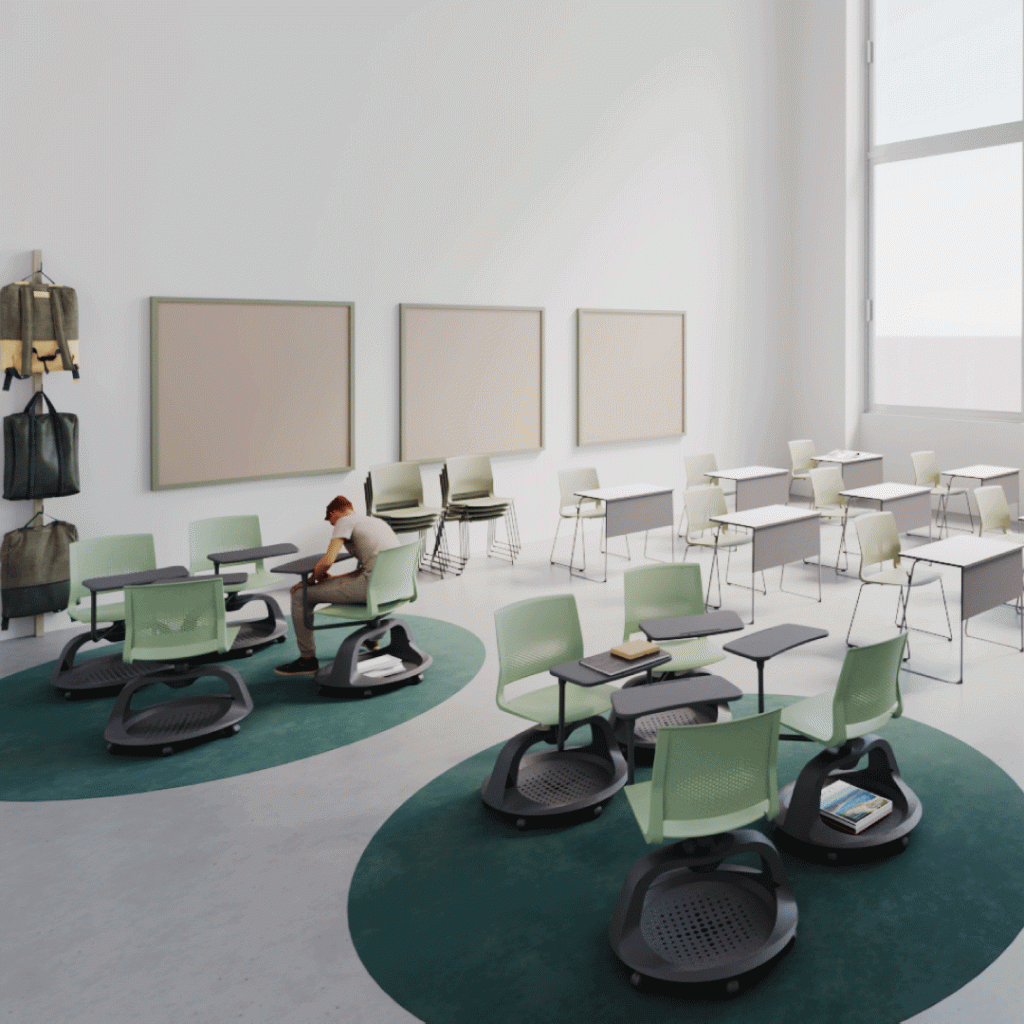
3.Make the Most of Every Space in the Educational Facility
In educational facilities, every space and every square meter can be utilized. Maximizing the use of all available spaces can significantly improve the educational experience, foster collaboration, and optimize the well-being of students and teachers.
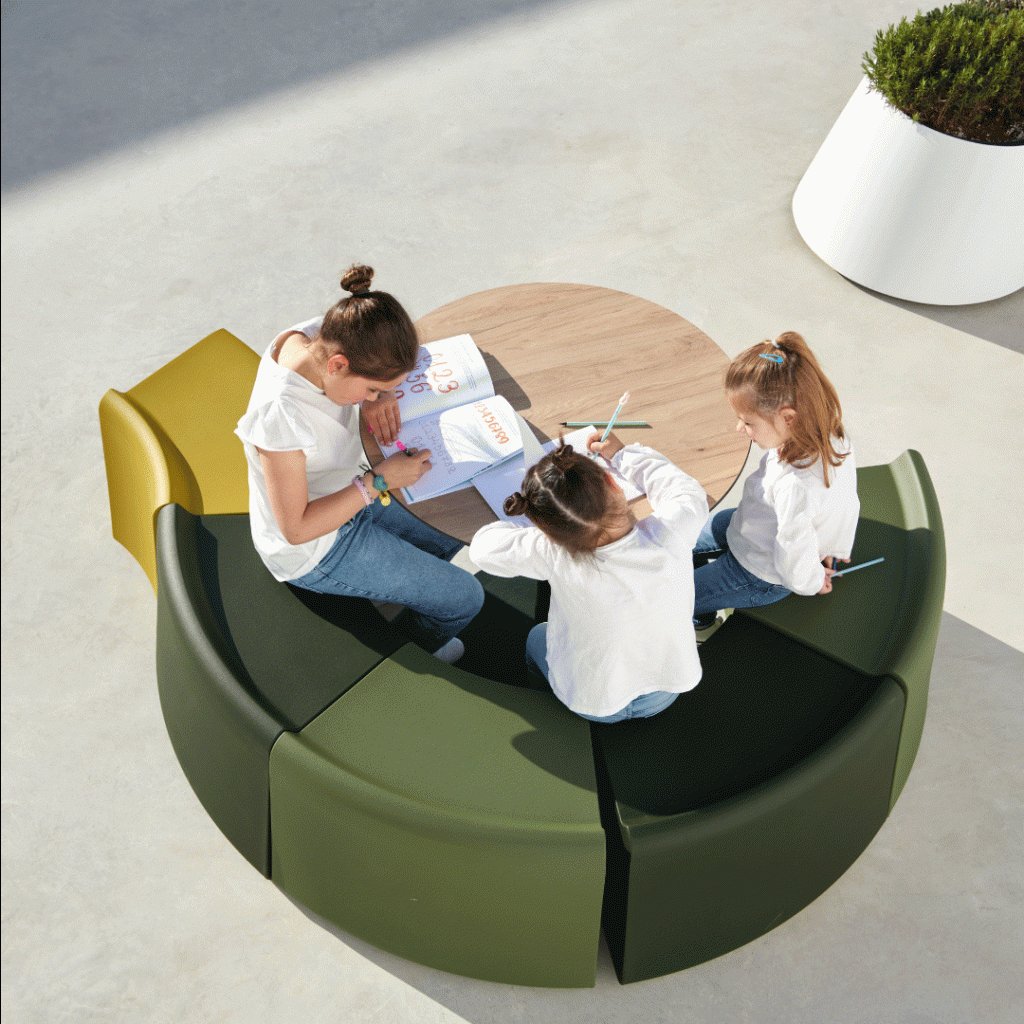
4.Create Individual and Group Workspaces Outside the Classroom
Thanks to furniture that encourages mobility and the flexible layout of the classroom, individual and group workspaces can be created. However, it's important to extend this way of working beyond the classroom and create different spaces where students can choose whether they want to work in a group or need an individual space to focus.


